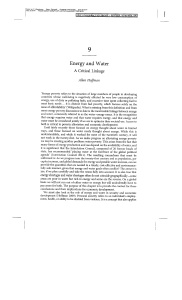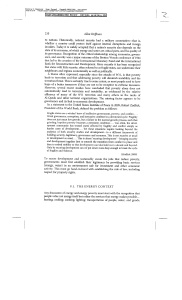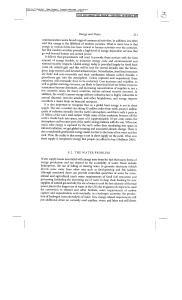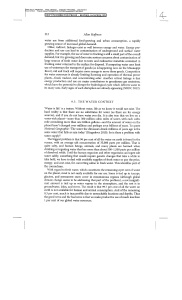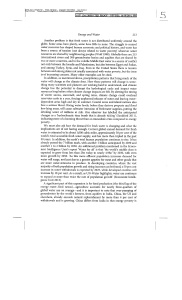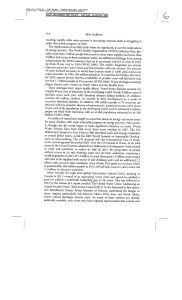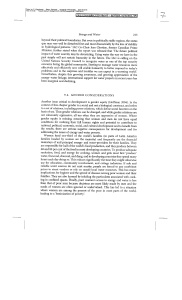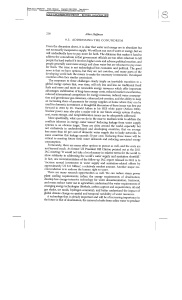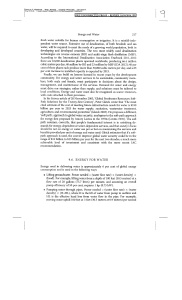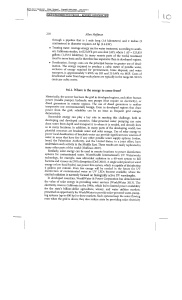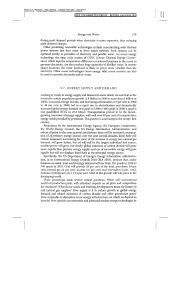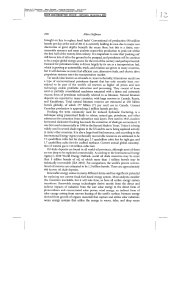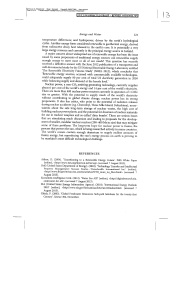The simple answer is that at this point we don’t know. Lots of different paths are possible, depending on how Republicans interpret their enhanced power in the U.S. Congress, how the President approaches his final two years in office, and how Congressional Democrats react to their minority party role. Nevertheless, I will offer my current thoughts and speculations, subject of course to significant change as we proceed in Congress’ 2014 lame duck session and the start of a new Congress in January with Republicans in charge of both Houses for the first time in eight years.
One major consideration that dominates my thinking is that Republicans, facing inevitable demographic realities in future elections (older white people as a declining percentage of the voting population, more non-white voters/mostly Latino and Asian, and a growing number of young voters generally more progressive than their parents and grandparents), must demonstrate that they can govern effectively if they are to win national elections in the future. Remembering the Gingrich era in the 1990’s, when Republicans took over the Congress, it proved much easier to be in the minority and sling arrows than to govern effectively when finally in power. The modern House of Representatives, under John Boehner as Speaker, has proved to be one of the least effective in American history, but with control of both Houses in Republican hands after January, Boehner and McConnell (the presumed Majority Leaders in the new Congress) have the opportunity to do more than just oppose Obama Administration initiatives. What Boehner and McConnell want to do and are able to do will determine their places in history.
The issues as I see them are as follows: policy for fossil fuel supply – coal, oil, natural gas, fossil fuel exports, Keystone XL pipeline, global warming and climate change, support for clean energy, water issues. Each will be discussed briefly below.
– Fossil fuel supply: with Kentucky’s senior Senator setting the agenda for the Senate it is likely that anti-coal activists will be unsuccessful in accelerating the pace of closure of coal-fired power plants in the near future. These decisions, made on economic grounds by power plant operators, will be self-interested decisions based on the legislative environment they are facing. With Republicans in charge I anticipate every effort will be made to slow down or repeal the EPA’s proposed rules on carbon emissions. While there are Republicans who understand the need to replace coal combustion with natural gas and eventually with renewable energy, the political reality that they may be challenged in reelection primaries by climate change minimalizers or deniers tends to keep them in line with status-quo positions. Coal’s role in power generation in the U.S. is clearly diminishing, faster than most people probably anticipated just a few years ago, but low-cost coal exports to other countries are picking up. As the UK experienced several decades ago, closing coal mines and losing the associated jobs is difficult politics, as this year’s Senate election in Kentucky demonstrated. Keeping one’s job is priority #1 for most if not all people, and the political system needs to keep this firmly in mind. Balancing this against the needs of environmental protection is what we pay our politicians to do.
The issues with oil and natural gas largely relate to fracking and its associated environmental threats, and with their export to other countries. Both are critical issues that can no longer be avoided and require careful policy prescriptions that Republicans are now in a better place to affect. Fracking of oil and natural gas from extensive shale deposits has expanded rapidly in the U.S. in recent years, and the U.S. Is rapidly becoming the world’s #1 oil producer (when shale oil adds to our declining but still large traditional domestic oil production) and a major souce of natural gas supplies. As discussed in two previous posts on this blog web site, I see no way to stop fracking in the U.S. because of the large associated economic returns, and therefore we must regulate it carefully to avoid the real possibility of water supply contamination and minimize accidental releases of methane, a powerful global climate change gas. Republicans can have their cake and eat it too if they support this needed regulation, gaining brownie points for their environmentalism and still allow the fracking industry to proceed on their profitable path. Substituting fracking gas for coal in power generation is in most people’s interest, and while I would prefer to replace coal with wind, solar and other renewable generation sources, we are not in a position to do that yet. Nevertheless, the U.S. public largely understands the need for this inevitable transition and Republicans would be politically wise to take a long-range view on facilitating this transition. We shall see.
A related issue is what to do about U.S. producers who want to export oil and natural gas. Large and remunerative potential markets await in Europe and Asia but since the 1970’s it has been illegal for companies to export crude oil in all but a few circumstances. The goal of the 1970’s legislation was to conserve domestic oil reserves and discourage foreign imports, but in reality, the export ban did not help accomplish either objective.
The Natural Gas Act of 1938, as amended, requires that anyone who wants to import or export natural gas, including liquefied natural gas (LNG), from or to a foreign country must first obtain an authorization from the Department of Energy. This is less of a barrier than the ban on oil exports, but until recently the U.S. was anticipating importing LNG, not exporting it. The fracking revolution has changed all this, and LNG import terminals are now being constructed as export terminals.
An argument against such exports is less fossil fuel and potentially higher energy costs for U.S. consumers. Foreign policy as well as economic considerations come into this discussion as we try to loosen other country’s dependence on Russian and Middle East producers. I anticipate that export controls will be loosened on a bipartisan basis and the U.S. will emerge as a major energy exporter in the decades to come.
Approval of the Keystone XL Pipeline by the President will be a key issue in the upcoming lame duck session of Congress and may carry over to the new Congress in January. My own view, expressed in an earlier blog post, is that stopping construction of the pipeline will not slow Canadian development of its tar sands oil resources and that I’d rather have the oil coming to the U.S. rather than going elsewhere. I also believe that transport of oil by pipeline is safer than transport by rail car, the obvious and unstoppable alternative. With regard to this issue, which many environmentalists have identified as a litmus test for President Obama’s environmental bona fides, I see the pipeline, which has strong Republican support as well as some Democratic support, as a done deal, perhaps as part of a tradeoff with other Democratic priorities such as immigration reform.
The issue of global warming and climate change is a difficult partisan issue but shouldn’t be. The science of understanding global warming is advancing steadily, its risks are clear to most people, and the largely negative impacts of climate change are increasingly being documented. The problem in the U.S. Is the political clout of industries dependent on sales of fossil fuels. In addition, Republican control of the Senate means that chairmanship of the Environment and Public Works Committee will fall to Sen. James Inhofe (R-OK), a climate change denier. This is clearly bad news for environmentalists and others who are concerned about climate change, but also for Republicans and Democrats who will eventually have to deal with this global crisis. Inhofe can slow things down and probably will, at least for the next two years before another Senate election is scheduled. It will be up to members and leaders of both parties to limit the damage that Inhofe can do.

Support for clean energy (efficiency, renewables) should also not be a partisan issue, but unfortunately is. Vested interests in the traditional energy industries still have too much power with a Congress highly dependent on campaign funds. My views on the need to accelerate the transition to a clean energy economy are clearly stated in quite a few of my blog posts, reflecting my view that such a transition is inevitable and clearly in the national interest. Unfortunately, I expect the next few years, under Republican control of Congress, to be a repeat of the years under President George W. Bush (‘Bush 43’) when lip service was paid to clean energy but budget support didn’t follow. As I was taught on my first days in Washington, DC in 1974, budget is policy. I hope President Obama will take a strong stand on these issues, despite Republican electoral gains, since he no longer has to protect vulnerable Democratic candidates.
I bring water into this discussion because water and energy issues are ‘inextricably linked’. Energy production requires water and provision of clean water supplies requires energy. Republicans as well as Democrats must recognize the need to consider these two issues together, and I think they will. This issue needs visibility and increased understanding on the part of politicians and the public, and is a natural for bipartisan cooperation. I hope I am right.
Obviously, I have only touched lightly on the many energy and environmental issues facing the U.S., and encourage others to join me in this discussion. These next few years should be interesting indeed!
